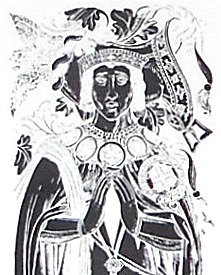
For centuries the black-eyed stare and mysterious smile of Anne Boleyn has captured our imaginations. It is her all-encompassing legacy that we associate with the Boleyns, one of the most controversial families in Tudor history and the forebears of the Queen Elizabeth I. We’ve seen the other Boleyn women emerge from the shadows. Mary Boleyn, the eldest of the Boleyn children, long-time mistress of her sister’s future husband Henry VIII. “That bawd” Jane Boleyn, who for centuries has been the Boleyn scapegoat, carrying the burden of accusation of sending her husband and sister-in-law to the scaffold. Mary’s daughter Catherine Carey, staunch Protestant who fled England to avoid persecution during Mary I’s reign. Her daughter, Lettice Knollys, who won the affections of Elizabeth I’s only true love, Robert Dudley.
The Boleyn women have always given us plenty to think about. But what about the men? The creation of the Boleyn men has been one of fiction. Thomas, the notorious father who would stop at nothing, not even the deaths of his children, to satisfy his lust for wealth and power. George Boleyn, once the wronged husband and victim in his sister’s downfall, now emerging as the abusive husband who drove his wife to plot against him in a desperate bid for freedom from an intolerable marriage. History enthusiasts can lament the myths perpetuated by historical fiction authors over the last century, they could point the finger at the public’s salacious love of scandal. However we must rely on historians to bring us truth. And for almost five hundred years the Boleyn men have been abandoned in the shadowy archives, their legacy cast aside.
Historian Lauren Mackay has decided it is time Thomas and George Boleyn were restored to their rightful place in history. We discussed her current research for her PhD and the influence of the Boleyn men in the roots of the English reformation.
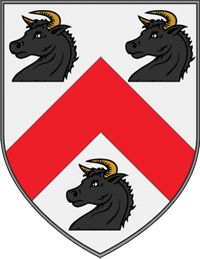
So you’ve taken another two important historical figures from obscurity, Thomas and George Boleyn. Why did you decide to study them together?
Thomas and George Boleyn have never been subjects of a focused study and that really ignited my fascination. They have been eclipsed by Anne, so my research is about restoring them to their proper place, to illuminate previously unknown dimensions not only of the English Reformation, but the wider European Reformation and the Boleyn men’s role within them.
It is not often that the men of a historical family become eclipsed by the women, why is is that Thomas and George Boleyn are so often overlooked?
Where Anne stares out at us from numerous portraits in Hever Castle, the National Portrait Gallery and other places around England, Thomas and George are almost faceless. There are no known or confirmed portraits of either of them apart from the effigy on Thomas’ tomb at Hever. George’s remains are in the chapel of St Peter ad Vincula in the Tower of London, a sad resting place for a young man who, I believe, was integral to the political machinations and religious revolution in England. My research aims to give Thomas and George voices, and restore colour and texture to their lives.
Of course the lack of direct focus and analysis of the two men could easily suggest there is little evidence that their involvement in — and influence on — religious policy was at all significant, but this comes down to how historians have viewed Anne.
My research aims to expand the focus from the traditional biographical treatment of one central figure – Anne Boleyn — by producing a multi-focused biographical study that places each of the male Boleyns in relation to each other, thus bringing into view the critical roles of the men.
You’ll be studying Thomas and George Boleyn’s role in the European reformation, can you tell us a little more about this?
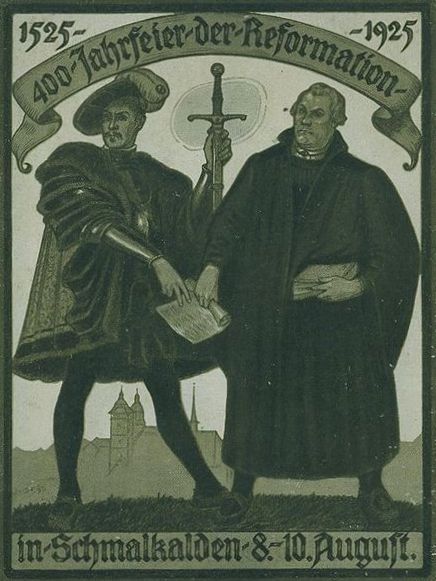
My focus is the wider European Reformation and how Thomas and George fit into religious machinations. By piecing together their religious trajectory, the evolution of their religious ideas, and the connection between religious and political elements, my research demonstrates that Thomas and George Boleyn have become one of the most important ways to understand how politics and religion intersected in the Tudor period, and the ways in which individuals at different social levels affected religious change. The relationships these men cultivated in France, Italy and Germany are truly fascinating.
Thomas Boleyn gave his daughter Anne Boleyn a better education than was considered necessary for a woman, what do you think this says about him?
I believe Thomas was fiercely ambitious for his family, but not in a negative sense.
Education for his children was obviously important to Thomas, and I believe he was incredibly proud of Anne, to the point that he secured her education at some of the most sophisticated courts in Europe. Few women could boast such experiences.
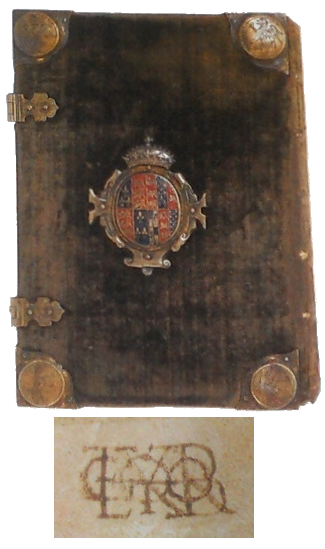
Both George Boleyn and his sister Anne were dedicated to the reform of the Church. Do you think Thomas Boleyn was instrumental in influencing their religious beliefs?
Absolutely, Thomas was instrumental in shaping and influencing his children’s religious ideals, although he himself was quite moderate in terms of religious reform.
My research shows strong evidence that during this period Thomas sought and maintained private links with religious and political reformers, throughout Europe, networks which he shared with George. Thomas and George were heavily involved in the political machinations of reform as frequent and influential members of the Reformation Parliament in England, and their attendance rates were some of the highest on record.
Although Thomas Boleyn’s reputation as a social-climber was likely fueled by contemporary attitudes towards courtiers who didn’t come from noble blood, with the help of fiction he is becoming a man who used his children for ambition, then abandoned and betrayed them. Thomas was of course already an important figure in the Tudor court and did not need his daughter’s to advance his position. Do you think this myth stems from his daughter’s popularity and that Thomas has become somewhat of a scapegoat?
Without doubt, but there is absolutely no evidence to support the idea that Thomas ‘pimped out’ his children.
I see in Thomas’ character a rational, conservative and cautious aspect, not prone to grandiose schemes that did not guarantee success. Considering he had spent over a decade rising in prestige, accumulating wealth and position, and becoming one of the most trusted members of Henry’s inner circle, it stands to reason that he would not want to rock the political boat. He was traditionally conservative, rising on his own merit, rather than a risky scheme that exposed not only himself, but his family, wealth, credibility and position. To replace the queen and personally risk the wrath of Charles V, was an incredible risk.
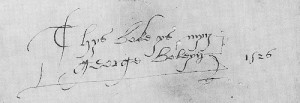
George Boleyn was a member of the Privy Chamber and a courtier on the rise before his sister Anne came to the English court. This is often overlooked, can you tell us about the career George was shaping for himself at the Tudor Court?
His career is worth several chapters in themselves, but indeed he was was already beginning to emerge from his father’s diplomatic shadow. By 1536 he was part of a religious and political network, demonstrating his diplomatic ability. My research teases out the real George: an intelligent , well educated courtier and diplomat. Had he lived, he would have been formidable indeed.
True religious reformation came to a halt after the fall of Anne Boleyn, Henry VIII remained devoted to the traditional beliefs of the Catholic church. If Anne Boleyn had not been executed and had her family remained influential how far do you think reform would have gone in Henry VIII’s reign?
Henry was at his core, staunchly Catholic, but he had no interest in answering to the Pope. I believe Thomas and George were interested in reform from within the Church rather than a dramatic break from it.
To truly understand the roles played by individuals in religious and social change at court, Thomas and George need to be restored to the historiography. This is an ongoing battle for me, but I can say with absolute confidence, that by placing them at the centre of an historical study, we can more accurately locate them in the broader sweep of Tudor history. My research will enable us to gain a more nuanced understanding of how, why, and by whom the Reformation was initiated in England, and how multi-dimensional this revolution truly was.
< Lauren Mackay is an historian whose focus of study goes beyond familiar historical figures and events to lesser known individuals, as well as beliefs, customs, and diplomacy of the 16th Century.
Lauren Mackay is an historian whose focus of study goes beyond familiar historical figures and events to lesser known individuals, as well as beliefs, customs, and diplomacy of the 16th Century.
Lauren completed her Master of History with University of New England, and is currently researching her PhD on Thomas and George Boleyn in the English Reformation, with University of Newcastle in Australia. Lauren has given several talks based on her research in the United Kingdom and Australia, and her debut book, ‘ Inside the Tudor Court: Henry VIII and his Six Wives through the Life and Writings of the Spanish Ambassador, Eustace Chapuys’ is out now.
Visit Lauren’s website at lauren-mackay.com
Lauren on Twitter
Lauren on Facebook Inside the Tudor Court
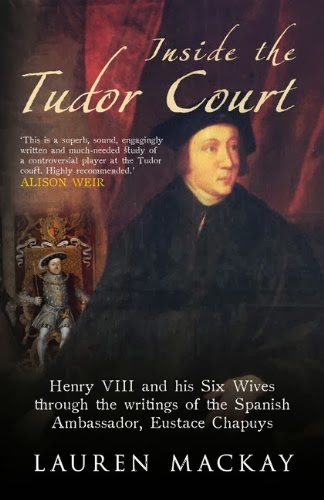
Inside the Tudor Court: Henry VIII and His Six Wives Through the Writings of the Spanish Ambassador Eustace Chapuys by Lauren Mackay, published by Amberley Publishing 2014.
The reports and despatches of Eustace Chapuys, Spanish Ambassador to Henry VIII’s court from 1529 to 1545, have been instrumental in shaping our modern interpretations of Henry VIII and his wives. As a result of his personal relationships with several of Henry’s queens, and Henry himself, his writings were filled with colourful anecdotes, salacious gossip, and personal and insightful observations of the key players at court, thus offering the single most continuous portrait of the central decades of Henry’s reign. Beginning with Chapuys’ arrival in England, in the middle of Henry VIII’s divorce from Katherine of Aragon, this book progresses through the episodic reigns of each of Henry’s queens. Chapuys tirelessly defended Katherine and later her daughter, Mary Tudor, the future Mary I. He remained as ambassador through the rise and fall of Anne Boleyn, and reported on each and every one of Henry’s subsequent wives – Jane Seymour, Anne of Cleves, Catherine Howard, and Katharine Parr – as well as that most notorious of ministers Thomas Cromwell. He retired in 1545, close to the end of Henry VIII’s reign. In approaching the period through Chapuys’ letters, Lauren Mackay provides a fresh perspective on Henry, his court and the Tudor period in general.

